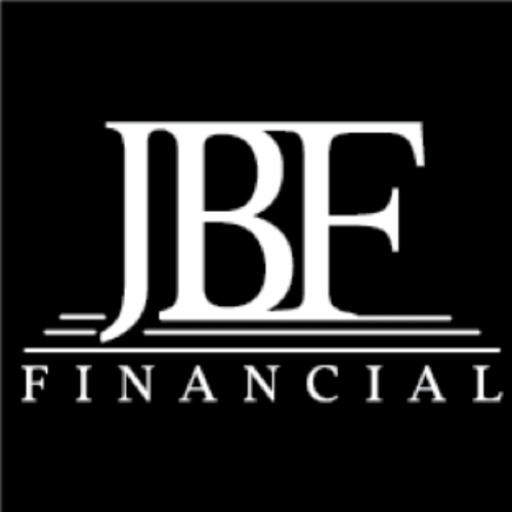Investments
There are many reasons why investing is essential for the success of individuals and businesses.
But, at its core, investing is about creating a financial plan that allows you to live the life you want to live and achieve your goals, whether that means saving for a down payment on a house, investing in your retirement, or creating a legacy for your loved ones.
One of the main benefits of wealth management is the ability to get a clear, comprehensive view of your financial situation. This includes not just your investments but also your non-registered assets, Tax-Free Savings Account (TFSA), a Registered Retirement Savings Plan (RRSP), and a Registered Education Savings Plan (RESP). By understanding your financial assets and liabilities, we can create a personalized investment strategy suitable for you.
A Tax-Free Savings Account (TFSA)
A Tax-Free Savings Account (TFSA) is a type of investment vehicle in Canada that allows you to earn tax-free investment income. You can contribute to a TFSA and withdraw from it anytime without incurring taxes on the withdrawals or the investment income earned within the account. The amount you can contribute to a TFSA is limited by an annual contribution limit set by the Canadian government, which may change yearly. TFSAs are a popular choice for Canadians who want to save for short-term or long-term financial goals, such as buying a home, retirement, or paying for a child’s education. They are a flexible and tax-efficient way to save and invest.
A Registered Retirement Savings Plan (RRSP)
A Registered Retirement Savings Plan (RRSP) is a type of investment account in Canada designed to help you save for retirement. Contributions to an RRSP are tax-deductible, which means that you can claim a tax credit for the amount of money you contribute to your RRSP. The investment income earned within an RRSP is tax-sheltered, which means that it is not taxed until it is withdrawn from the RRSP. RRSPs have annual contribution limits set by the Canadian government and may change yearly. You can contribute to an RRSP until the end of the year when you turn 71. RRSPs are a popular choice for Canadians who want to save for retirement and reduce their current tax burden.
A Registered Education Savings Plan (RESP)
A Registered Education Savings Plan (RESP) is a type of investment account in Canada designed to help you save for a child’s post-secondary education. Contributions to an RESP are not tax-deductible, but the investment income earned within the RESP is tax-sheltered until it is withdrawn to pay for the beneficiary’s education. The Canadian government also provides grants to assist with the cost of education through the Canada Education Savings Grant (CESG) and the Canada Learning Bond (CLB). These grants are based on the amount contributed to the RESP and are intended to help families with low and modest incomes save for a child’s education. RESPs are a popular choice for Canadians who want to save for a child’s post-secondary education and take advantage of government grants.
Another aspect of investing is adapting to changing circumstances and market conditions. We understand that your financial goals and priorities may change over time, and we are here to help you adjust your investments accordingly.
